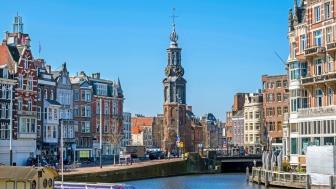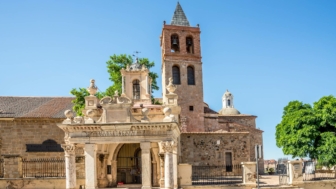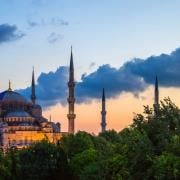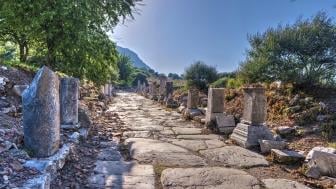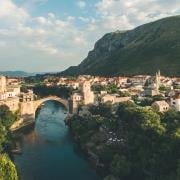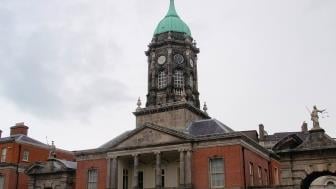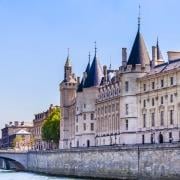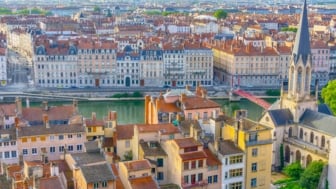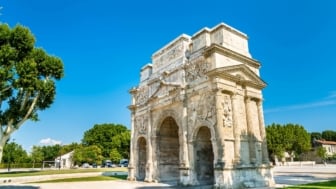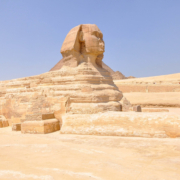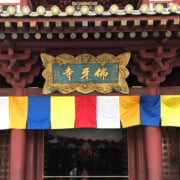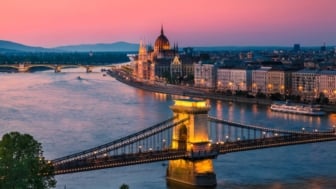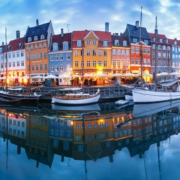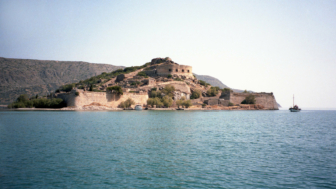Spinalonga is a small island located on the northeast side of Crete, mostly known for being a leper colony a little after the Cretan liberation from the Ottomans in 1898. But even though the leper colony was a vital part of its history, Spinalonga has even more things to be remembered for.
1. Spinalogka’s name
The island’s name has Latin origins (spina lunga) and means “long thorn.” It was given by the Venetians when they conquered Crete in 1204 as a homonym small Venetian island. Because of its strategic location, Venetians built strong walls around it in 1579, which kept it under their supremacy even 65 years after the Ottoman conquest of Crete in 1669.
2. The Ottoman period
The first houses on the island were made during the Ottoman period (1669-1898) by Turks. In Crete, revolutionary acts and movements against the Ottomans were ordinary, causing many Turks who lived nearby to find shelter on the island as its big and robust walls kept them safe. When Crete was liberated by the Ottoman conquest, many Turks refused to leave the island, and that’s one of the reasons why it was decided by the Cretan government to bring the first leper patients in 1903.
3. Spinalogka as a lepers’ colony
At first, the lepers’ life on the island was impoverished and depressive. By former sufferers, we know that there were approximately 400 sick people with no hospital or other care facilities. There was only a pharmacy but with many deficiencies. There weren’t crops, and the houses were in terrible conditions with no materials to be maintained. Each day counted many deaths and arrivals, even from abroad. Life started to improve in 1936 when Epaminondas Remoundakis arrived. At the age of 21, he dedicated his life to enhancing living conditions for the island’s population. Because of him, medicine, food, luxury goods, and lime were inserted into the island. Furthermore, roads, stores, associations, a hospital, a theater, and a cinema were built. People on the island respected him because of his knowledge and actions and knew he was the only suitable person to help them claim their rights and demands.
4. The Nazi occupation and remedy
During the Nazi occupation (1941-1944), life on the island began to recession again as the lack of food and essential goods in Greece also affected the island’s life. Many people died because of the lack of food and medicine. A few years later, in 1948, the remedy to Hansen’s disease was finally found, and people could leave the island and return to their houses and previous life.
5. A cinematic diamond
In Spinalogka, many scenes of a short Greek drama series called “To Nisi” (The Island) were shot. The series was based on the homonym book Victoria Hislop and tells the story of a Cretan family who lived in the nearby village of Plaka and had to leave some of its members behind because of Hansen’s disease. The story also includes many historical events and explains the Greek tradition and life during those years. The series gained extreme fame because of its excellent interpretations and productions and was admired and loved by Greeks.
Explore Spinalogka at your own pace!
Duration: 1h 10min
-





















